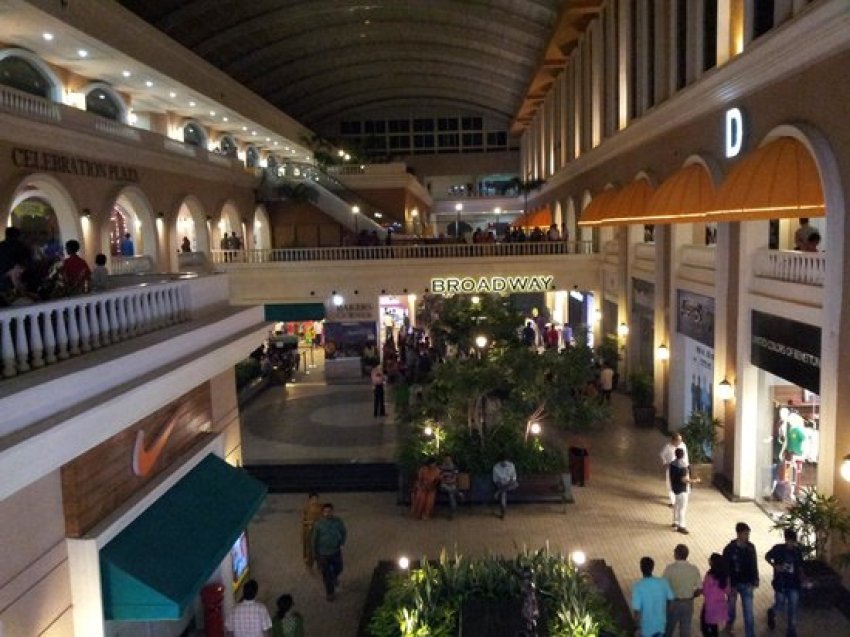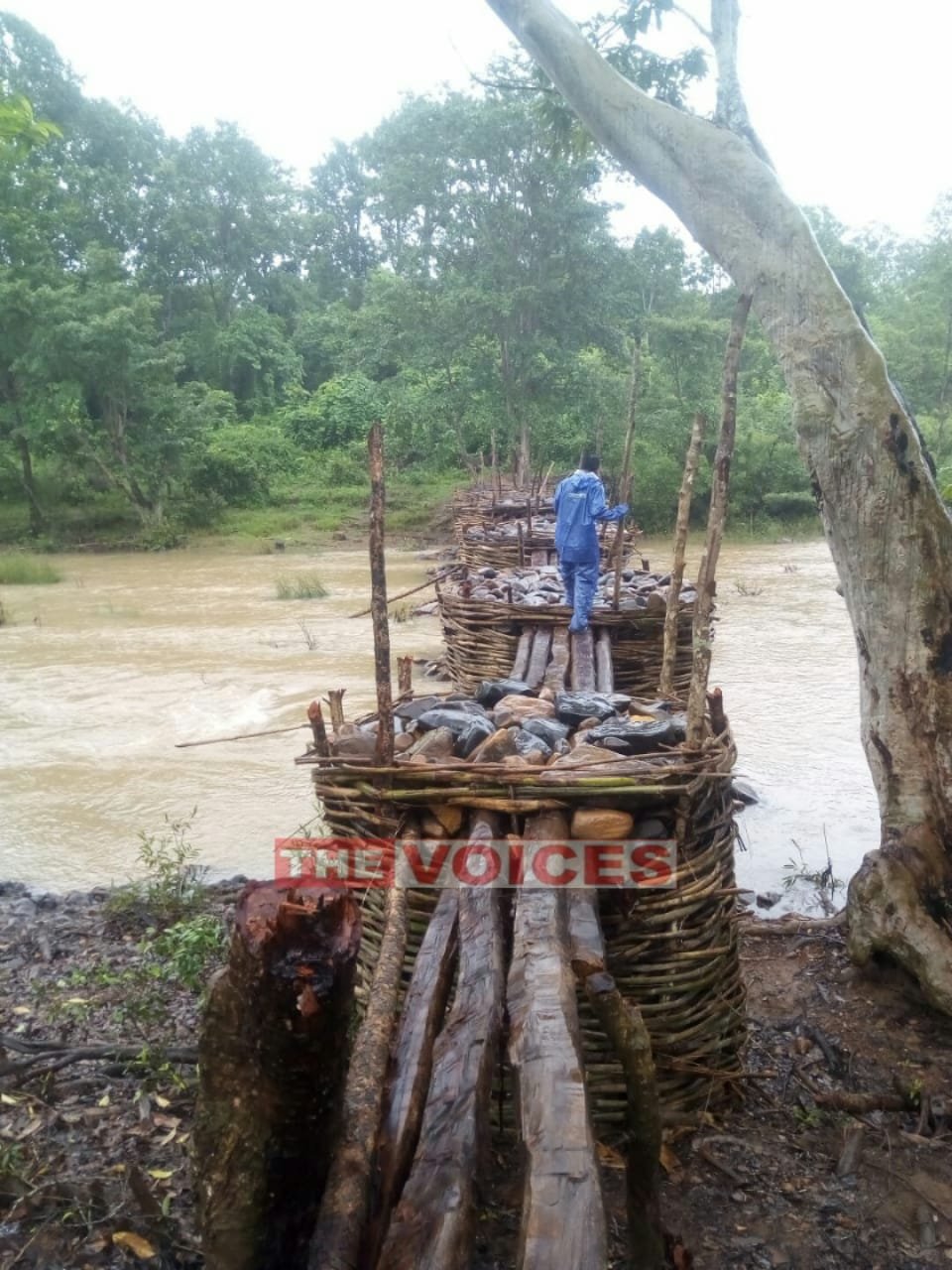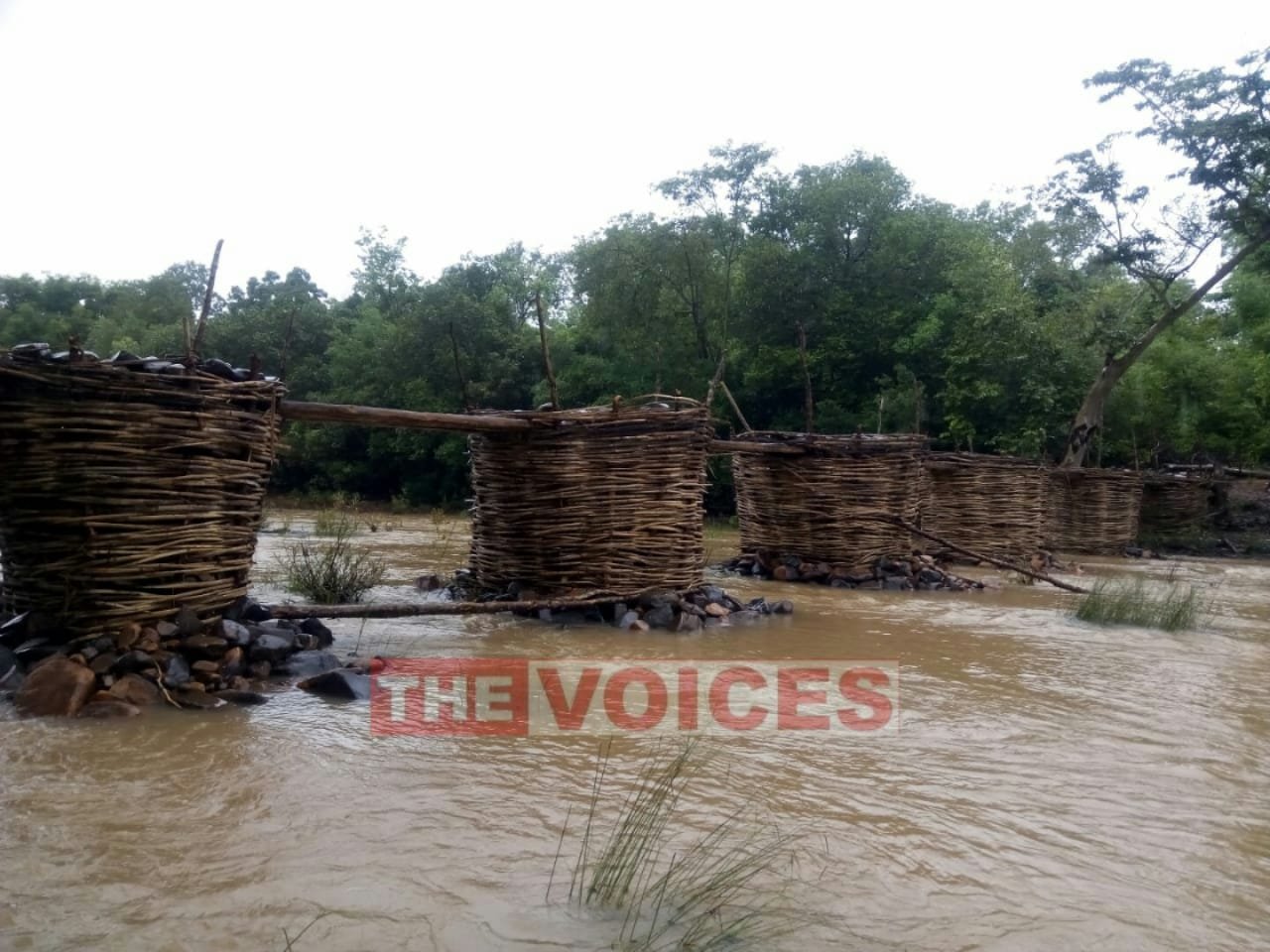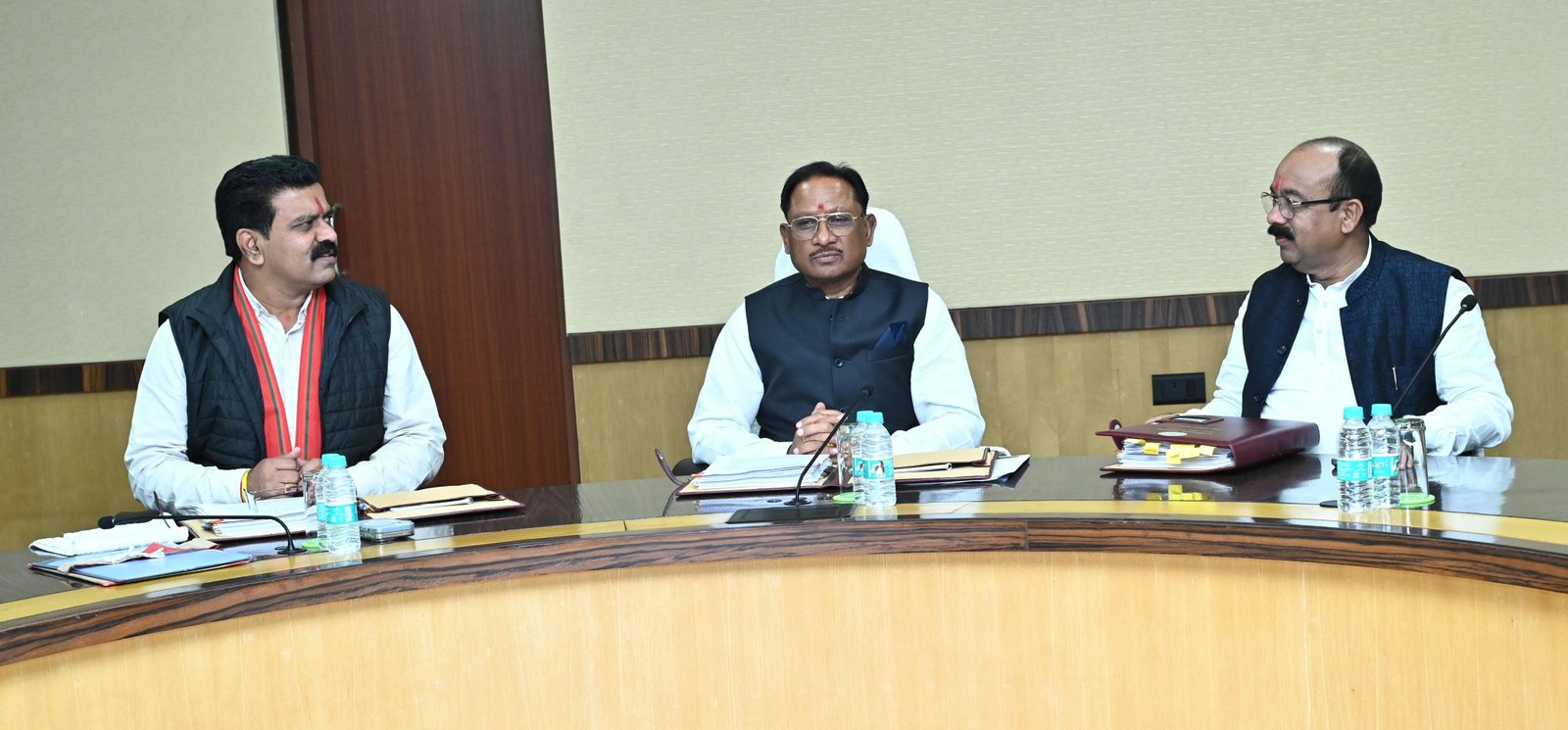By Satish Kumar
Narayanpur: It is said that necessity is the mother of invention. Man invents according to his requirements.
One such invention is making headlines in social media these days, which the residents of Abujhmad, district Narayanpur have invented according to their everyday needs.
Abujhmad region of Chhattisgarh state, is also called safe zone for Naxalites. This is an area where even after 7 decades of independence, there is no visible development . Even today, the residents here live their lifestyle only by depending on the forests. While it is said about this area that it has immense forest wealth and mineral wealth in its womb but the parallel government of the Naxalites exist here , and the local administration is still not completely successful in taking them into confidence. The brunt of this is seen on the lives of the residents here. Due to the failure of governance, they have to take measures for their own needs.
One such view is currently being seen in this area , where people have built a bridge on the basis of local science and resources which is getting a lot of attention on social media these days. Some journalists have tried to go there with the intention of seeing this bridge , but due to the difficult geographical conditions, it is not possible to go there.
The construction of this bridge is done by the residents of Abujhmad area of the state which is also known as the Naxalite Dandakaranya area. The locals have built their local technology and resources according to their needs. They have hollowed bamboo sticks and some wild wood, and have filled them with stones. This bridge is built on a drain running near Jatalur village in Orchha area of Narayanpur district in Puliya Maar. In the construction of which the villagers constructed the tatta from the bamboos from the local forests, turning it into a circular shape and filling the stones available in the drain in it. They were placed in a line at a limited distance in the drain and placed them in the woods. For the people of this region, this drain became deadly during the rainy days. On crossing it only one can have the access to health facilities , education institutions and everyday items .












